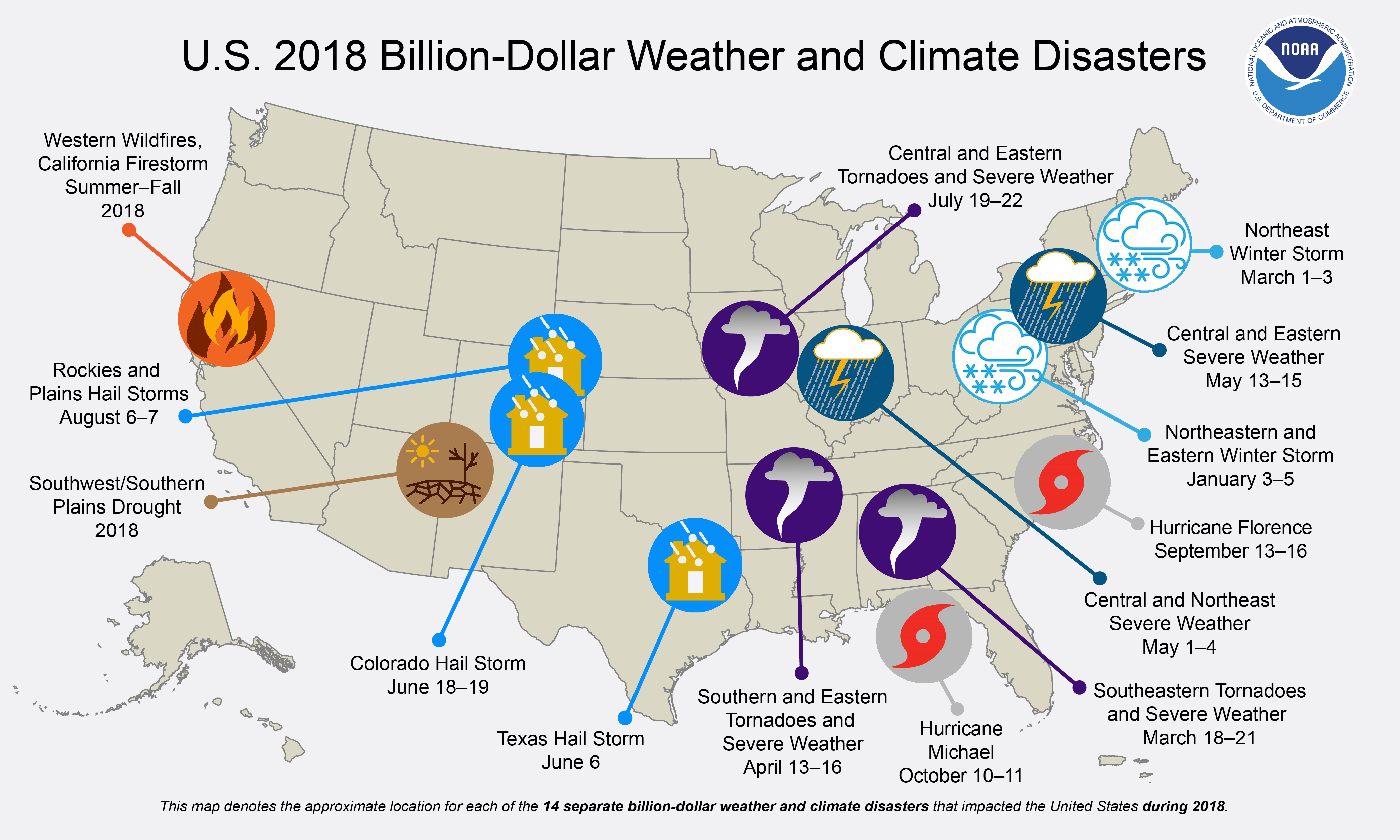- Installation
- Description
- Instructions
- Motivation
- File Descriptions
- Results
- Licensing, Authors, and Acknowledgements
This project uses Python 3.6, besides Jupyter Notebook. The list of libraries to run this project are:
- pandas
- regex
- sklearn
- nltk
- sqlalchemy
- pickle5
- Flask
- plotly
There are three components in this project that are:
- ETL Pipeline:
process_data.pyfile contain the script to create ETL pipline which:
- Loads the
messagesandcategoriesdatasets - Merges the two datasets
- Cleans the data
- Stores it in a SQLite database
- ML Pipeline:
train_classifier.pyfile contain the script to create ML pipline which:
- Loads data from the SQLite database
- Splits the dataset into training and test sets
- Builds a text processing and machine learning pipeline
- Trains and tunes a model using GridSearchCV
- Outputs results on the test set
- Exports the final model as a pickle file
- Flask Web App: the web app enables the user to enter a disaster message, and then view the categories of the message.
The web app also contains some visualizations that describe the data.
-
Run the following commands in the project's root directory to set up your database and model.
- To run ETL pipeline that cleans data and stores in database
python data/process_data.py data/disaster_messages.csv data/disaster_categories.csv data/DisasterResponse.db - To run ML pipeline that trains classifier and saves
python models/train_classifier.py data/DisasterResponse.db models/classifier.pkl
- To run ETL pipeline that cleans data and stores in database
-
Run the following command in the app's directory to run your web app.
python run.py -
Go to http://0.0.0.0:3001/
In this project we want to implement ETL and Machine Learning pipelines to classify messages in a data set provides by figure8 besides visualization and a web interface that can classifiy user input messages.
The files structure is arranged as below:
- README.md: read me file
- workspace
- \app
- run.py: flask file to run the app
- \templates
- master.html: main page of the web application
- go.html: result web page
- \data
- disaster_categories.csv: categories dataset
- disaster_messages.csv: messages dataset
- DisasterResponse.db: disaster response database
- process_data.py: ETL process
- \models
- train_classifier.py: classification code
There is an evaluation method in classifier that expresses results of the classification by the means of F1 Score, Precision, and Recall.
This code is free to use and share.
